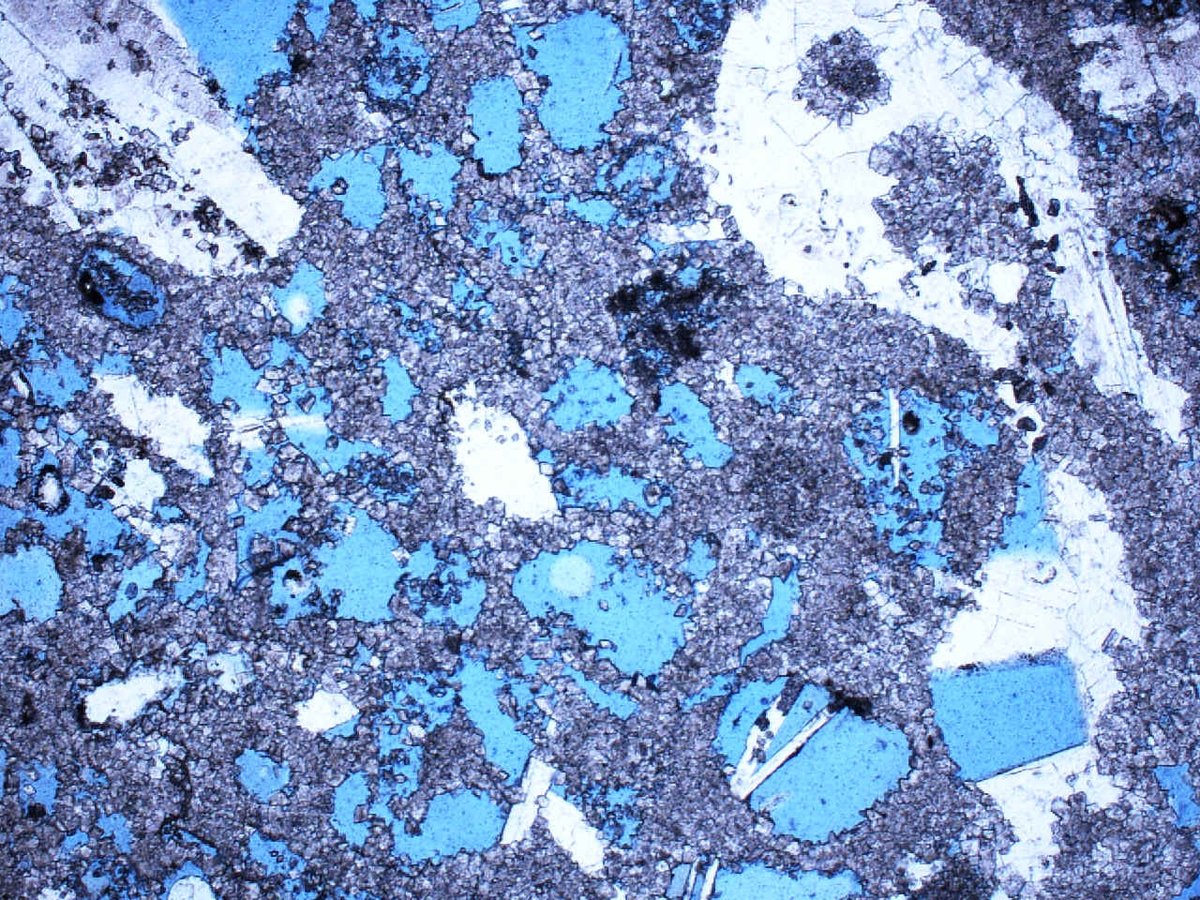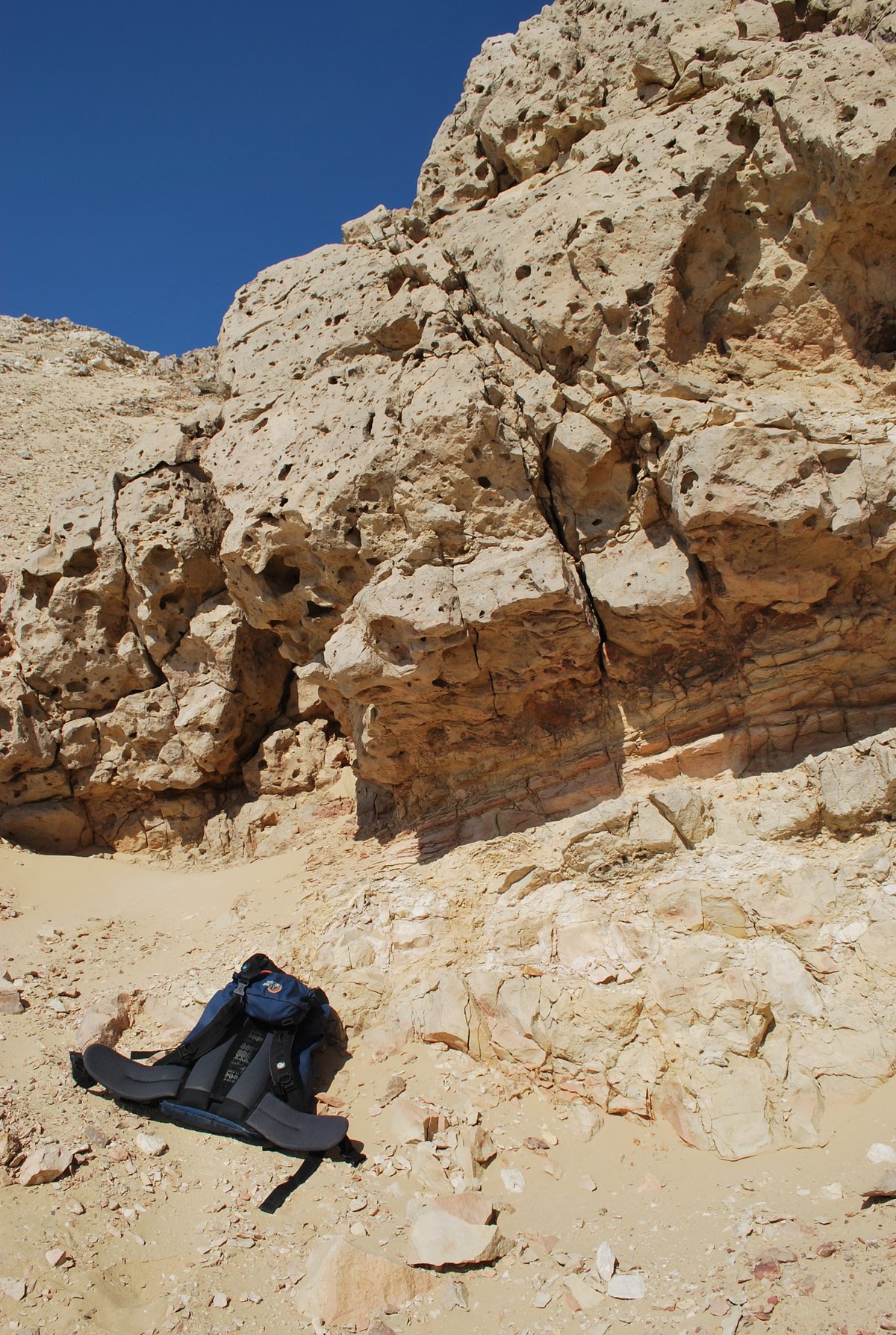
Although the processes by which pore space forms in carbonate rocks is well-studied, there is still much to be learnt about the chemistry and process of dissolution in particular environments, particularly when sediments are buried beneath the influence of surface fluids. Once these pores are formed, they are critical to the storage of water, gas and petroleum, as well hosting mineralization. Therefore, being able to predict the size, distribution and connectivity of porosity is of paramount importance to the supply of water and energy, management of groundwater contamination and mining.
Our projects use petrophysical and petrographical analysis, high-resolution X-ray imaging and geochemical analysis to both describe the shape, size and connectivity of porosity and determine the controls on its origin and preservation. From there it is possible to integrate pore topological data into permeability calculations, as well as determination of fluid saturation in order to predict the rock physical properties of carbonates in 3D space (e.g. Archilla et al., 2016; Armitage et al., 2018; Manifold et al., 2019 Publications)

X-Ray Computed Tomography (X-Ray CT) provides a non-destructive method of assessment for low transmittance materials. X-Ray CT is an extension of classic radiography, where a series of images are captured at angular increments along a radial path to enable 3D objects to be resolved. These images are then reconstructed into a 3D volume for visualisation and analysis. The most common use of X-Ray CT is in medical investigations. More recently this technology has been applied to industrial applications such as material investigations. X-Ray CT is particularly useful in the non-destructive imaging and assessment of geological samples. A selection of samples are shown in video format below as examples of the visualisations which can be produced using X-Ray CT.
Mouldic pore system
Vuggy Pore System
Modern Carbonate Sand
Oolitic Grainstone
Dolomite
Fluid Flow Visualisation